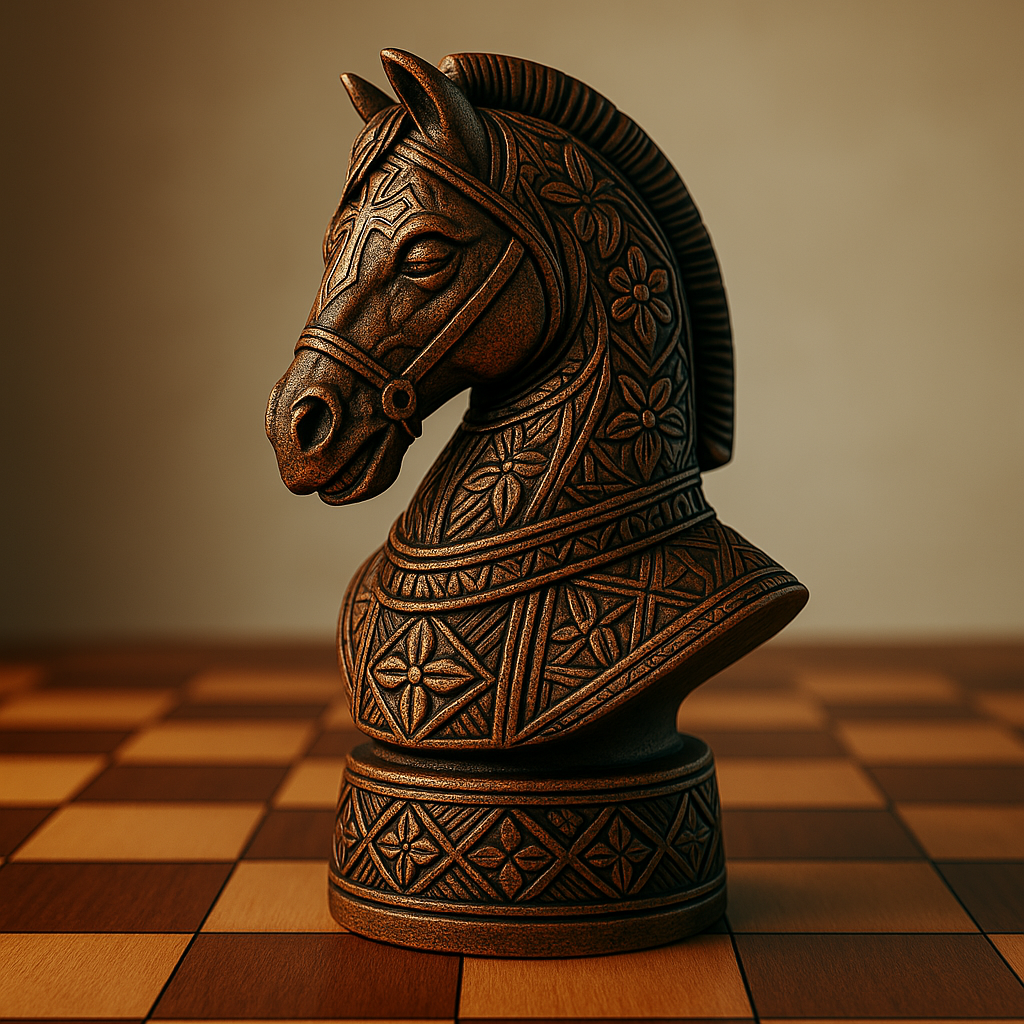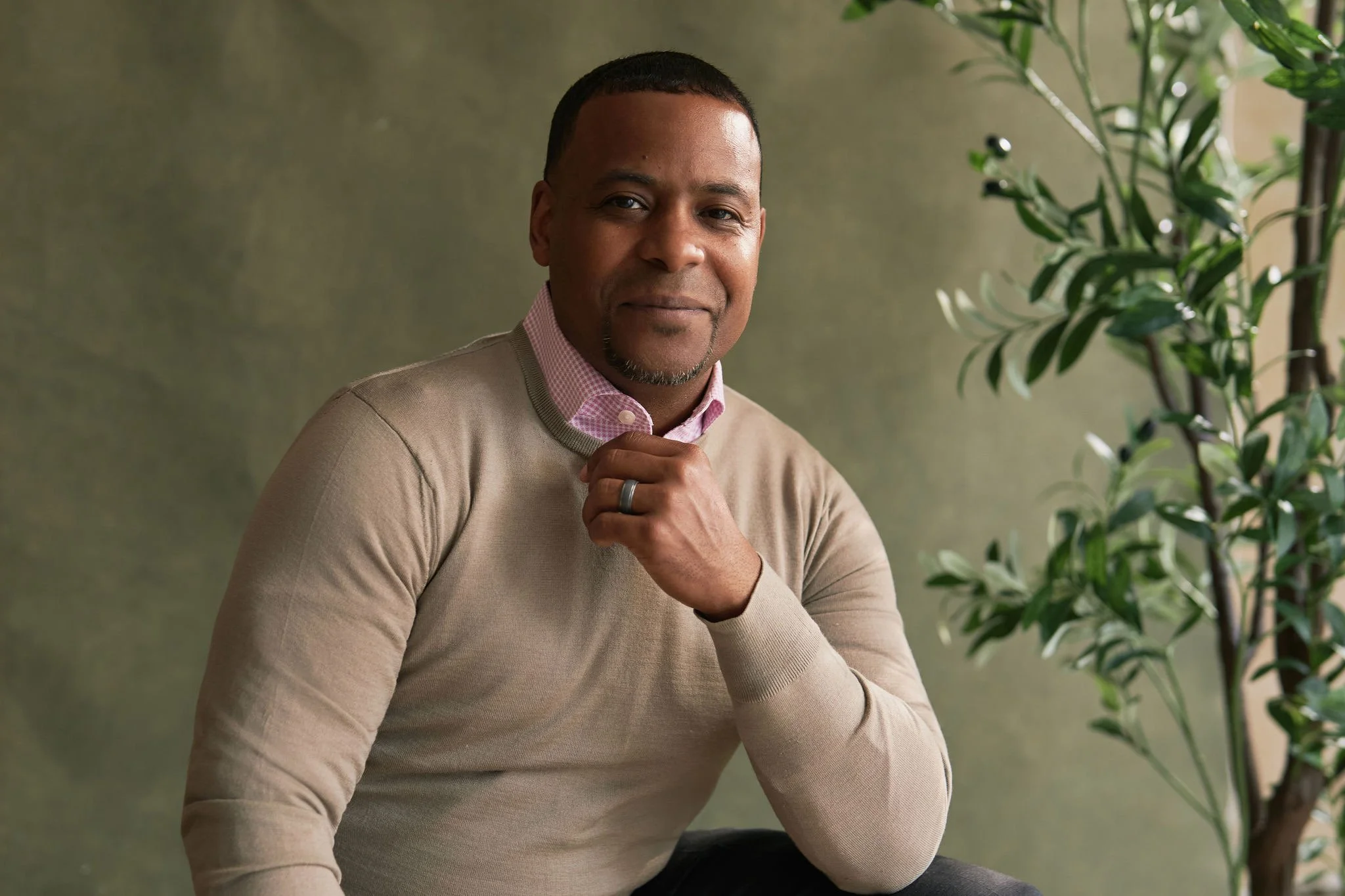Crown & Shadow: The Knight — Disruption with Precision
The Knight breaks rules not to destroy the game, but to remind us that order without imagination collapses into stagnation.
By Germar Reed
The Knight is the most unusual piece on the board.
He does not move in straight lines. He does not follow the angles of the Bishop or the reach of the Queen. Instead, he leaps, two steps here, one step there, twisting the geometry of the game into something others cannot anticipate.
The Knight archetype represents disruption. He embodies the power of unconventional thinking, of breaking patterns while still playing by the rules. He is the strategist of surprise, the reminder that no system, no matter how rigid, is immune to sudden redirection.
The Knight’s Leap
The strength of the Knight lies in his ability to bypass what others cannot.
He alone can jump over pieces. He alone can penetrate defenses that appear impenetrable. His movement is not wide, but it is unique, and because of that, he can turn the tide of a game with a single, well-placed strike.
In history, the Knight archetype takes many forms: the rebel who challenges the status quo, the innovator who refuses to follow precedent, the soldier who improvises when the plan collapses. Think of Joan of Arc, cutting through the expectations of her age with a vision no one could explain. Think of Steve Jobs, disrupting industries by combining art and technology in ways others dismissed.
The Knight’s gift is not just boldness. It is precision in unpredictability. His moves are not wild, they are calculated jolts, leaps that shift momentum because no one else could have made them.
The Burden of the Unconventional
But disruption carries a price.
The Knight is rarely trusted at first. His movements seem strange, even reckless. His unorthodox approach invites suspicion from those who prefer order, tradition, or predictability. He may be called impulsive, arrogant, or naive, especially before his leap lands.
This is the Knight’s burden: he is often doubted until it is too late to ignore him.
In organizations, the Knight archetype often shows up as the outsider, the one who challenges assumptions, who questions why things are done “the way they’ve always been.” In families, it may be the child who refuses to follow the expected path. In culture, it is the artist, the dissenter, the innovator whose vision only makes sense in hindsight.
The Knight is rarely comfortable in the center. His strength lies on the edges, where disruption can enter quietly before changing everything.
The Knight’s Shadow
Every archetype casts a shadow. For the Knight, it is recklessness.
The same leap that makes him powerful can also make him destructive. When unchecked, his unpredictability collapses into chaos. He may disrupt for the sake of disruption, tearing down systems without building anything in their place.
History remembers Knights who changed the game, but also those who burned it down. Revolutionaries who unleashed chaos without strategy. Visionaries whose leaps came too soon, too far, too fast.
The Knight’s downfall is not lack of courage. It is lack of grounding.
Without clarity, his leaps scatter energy instead of shaping it. Without discipline, his disruption becomes destruction.
The Power in Tension
Despite the risks, the Knight archetype is indispensable.
The board without Knights is a board without imagination. Every system, no matter how well-ordered, needs disruption to evolve. Without the Knight, the Bishop’s vision stagnates, the Queen’s momentum becomes predictable, and the King’s stillness calcifies into inertia.
The Knight is the reminder that innovation requires risk, that progress is never a straight line, but a leap taken in faith.
He is not the piece that carries the board. But he is often the piece that saves it.
Hidden Knights
Not every Knight wears armor.
Some are entrepreneurs who refuse to follow the path of their industry. Some are teachers who throw out the script to reach their students. Some are friends who ask the question no one else dares, cutting through politeness with a kind of disruptive honesty that changes everything.
You know them by their courage to move differently. By their refusal to accept that the obvious path is the only one. By their leaps, which seem strange until suddenly they make sense.
The Knight is not chaos for chaos’s sake. He is pattern-breaking as purpose. His power is not in being louder, but in moving differently.
And when he does, the board must adjust.
Next in the Archetype Series: The Rook — Structure and Sovereignty
Where the Knight bends patterns, the Rook builds them. He is the fortress, the guardrail, the steady wall of order that ensures the kingdom does not collapse in the rush of chaos.
About the Author
Germar is a strategist, storyteller, and student of archetypes. He writes at the intersection of leadership, emotional intelligence, and symbolic power, seeking not to impress, but to illuminate.
His work draws from myth, philosophy, and the quiet disciplines of presence. He believes that true influence begins not with charisma, but with character. You can follow his work at GermarReed.com


